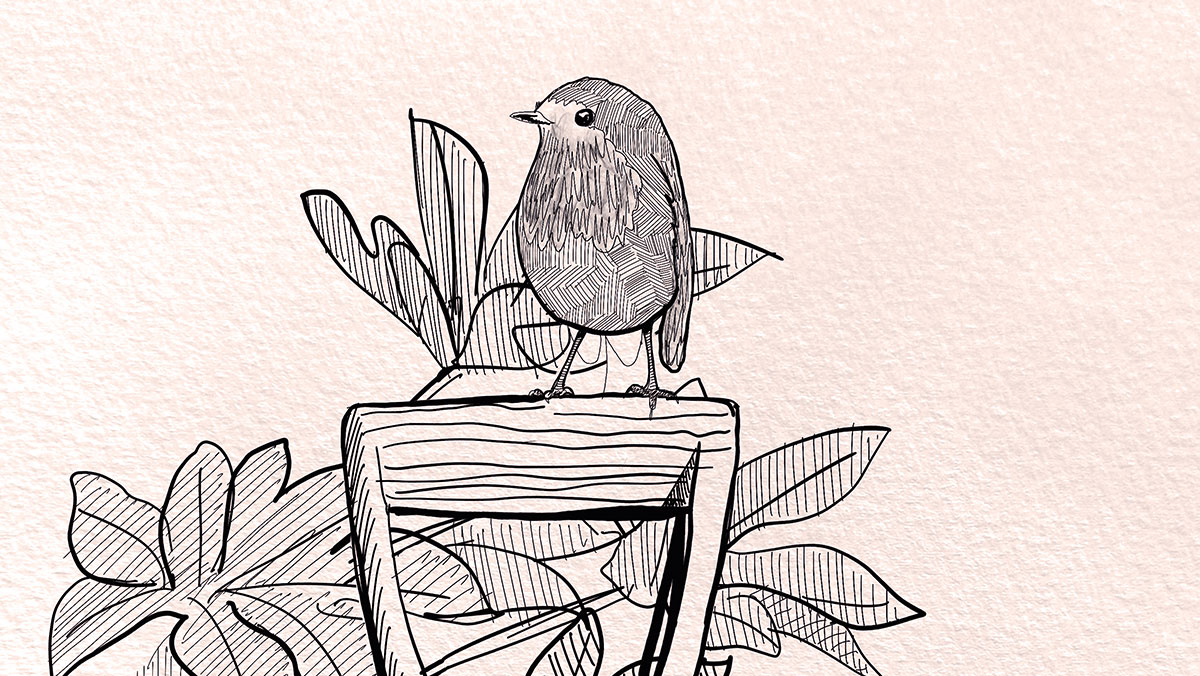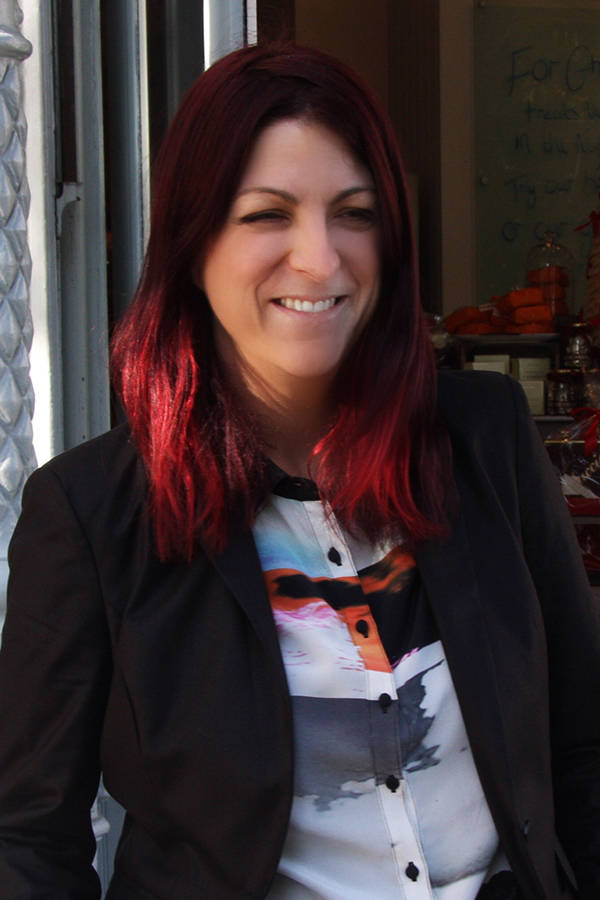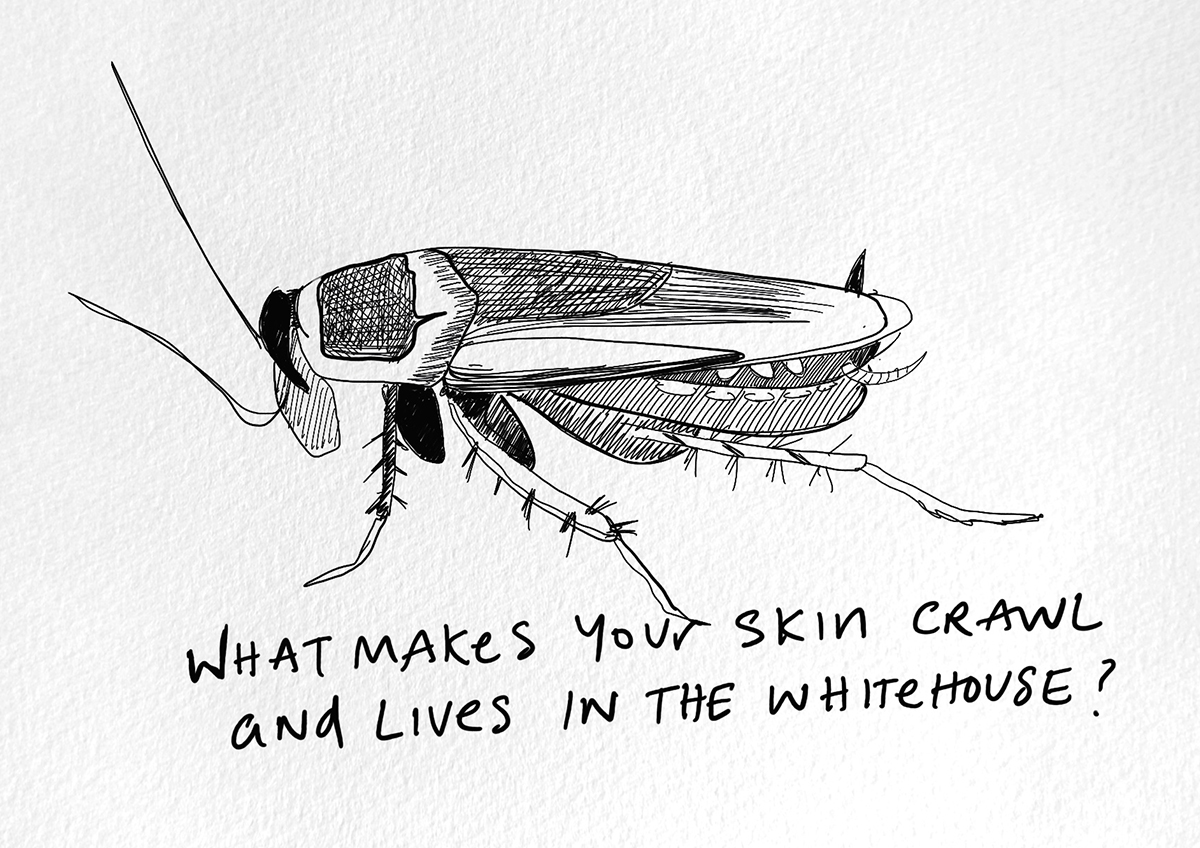
“I use design and design thinking to create meaningful, desirable, and memorable connections between brands and consumers (like you). Hoping you will positively share your experience with others.” This is how Sue Daun, Interbrand London’s Executive Creative Director, describes her job. She is responsible for driving creative passion, energy, and excellence delivered through the business. With over 20 years of experience, Sue believes that we, as creative thinkers, have a responsibility to play many roles in order to create successful thriving brands.
Sue is also an amazing illustrator and a Cannes Lions Creative Excellence Juror, and was kind enough to sit down with Brandingmag and talk about what design has become in the past few years, about sonic branding, best global brands, and much more.
Brandingmag: You’ve got a wealth of experience working with global clients, across all sectors and channels. What major changes have the design industry gone through in that time?
Sue Daun: Design has become more business imperative. It no longer sits at the edge of the company. For many brands and clients, it is a business lever that they deploy at the beginning, not just at the end of a journey. This hasn’t meant the work has become more corporate and rigid, but quite the opposite – design for brands has become more fluid. Brands have to adapt quickly to stay relevant and be more consumer-curious to be distinct, so our work has to deliver both the now and the next.
Bm: Have the shifts in the industry changed you as a professional?
SD: I hope so. I feel that the world has become less about applying design to things and more about ‘the why’ and ‘the how’ we create the brand worlds. The experience that drives consumer expectation, if you like. So I don’t just think in 2D or 3D anymore but in moments and interactions. I feel that designers, whatever their training, also need a healthy dose of humility to add to their skill set, that taking a brief and heading off to the sunset only to come back with a TA-DA moment is long gone. That we need to collaborate more, listen more, and be more transparent in what we do.
Bm: What is more important: the details or the bigger picture?
SD: Without one, the other ceases to exist. You need the big picture – the purpose and ambition for the brand – the north star, to understand where you want to get to. But without the details – the tangible, delightful, and meaningful elements of desire we just have theory. It doesn’t matter if it is craftsmanship in design, consideration in language, or little ideas to engage a client team; they all need to build to the bigger purpose.
Bm: You’re an advocate of playing many roles in order to create successful thriving brands. How do you cope with that, considering the fast-paced world we live in?
SD: Well, apart from having one of the best jobs in the world, you mean? I can’t think of any other industry where you get to use your creativity in so many ways. Partnering with clients and being part of their business success, teaching and guiding new talent and seeing them blossom, debating and delighting in differing opinions for a better outcome, and having the skills and platforms to provoke and push solutions to a place that scares even me. I am never bored for sure. But more importantly – and this is why I love what I do – I am always learning.
Bm: What does it take to become a ‘best global brand’ now?
 SD: There are many brands that are great and which I admire – many of whom I get to work with. It is not always about big budgets and scale but where the brand has a higher ambition or purpose. The ones that stand above all have a few key traits. Great leadership that listens to its team and demonstrates bravery in the moves they make even when challenged. Brands that harness the breadth of humankind’s diversity, voices, and abilities to represent their world. Brands that engage audiences not as lip service but in distinctive, meaningful, and deliberate ways to reach a better solution. And those that remember trust is earned, and consumers’ affinity is a reflection of a shared belief and values that will be key to the brands’ success.
SD: There are many brands that are great and which I admire – many of whom I get to work with. It is not always about big budgets and scale but where the brand has a higher ambition or purpose. The ones that stand above all have a few key traits. Great leadership that listens to its team and demonstrates bravery in the moves they make even when challenged. Brands that harness the breadth of humankind’s diversity, voices, and abilities to represent their world. Brands that engage audiences not as lip service but in distinctive, meaningful, and deliberate ways to reach a better solution. And those that remember trust is earned, and consumers’ affinity is a reflection of a shared belief and values that will be key to the brands’ success.
Bm: We’ve seen how sonic branding has (thankfully) become more and more on the radar of global brands. What’s your take on that?
SD: I agree. This is one of the most important aspects of a brand. Our world is such that we connect with brands on so many levels. As I said earlier, it’s no longer about 2D or 3D but about meaningful moments that trigger feeling and connections. Sonic branding evokes some of the most visceral emotions we have. To build this into a brand’s vocabulary offers a deeper level of relevance. We do not consume design only with our eyes but our hearts too. Music, sounds, tones, anthems have incredible power. But it is highly underutilized by brands, and this is a huge missed opportunity.
Bm: We loved the work you did with Essity. What was your favorite piece of work from 2020?
SD: I have to say that this is probably it. When we started, the task was almost insurmountable, the scale and complexity of stakeholders were incredibly daunting but the leadership of the client, the collaboration of the agencies and markets, and the shared belief that the feminine care category needed to stop stereotyping women and menstruation were great motivators. I was lucky to have an incredible team that was in it for the long haul and wasn’t afraid to get in and dig around in the weeds to understand the real challenges. It has been with great pride that we see the work launched in China and Malaysia, some of the most conservative markets, with such great success and positive reinforcement from consumers, and now in Europe albeit against a Covid backdrop. We continue to work with them on innovations such as the newly launched absorbent underwear and many other areas that are stretching and growing the brand. I can’t call it work; it has been a joy.
Bm: Finally, what have you learned in the last year that you didn’t know before?
SD: That we are incredibly resilient. That we could actually become more collaborative with clients and each other than I thought was possible even when circumstances were not at their most favorable. And that mental health in this industry is incredibly important. I don’t think I quite appreciated the extent to which this has impacted us all over the last year.
